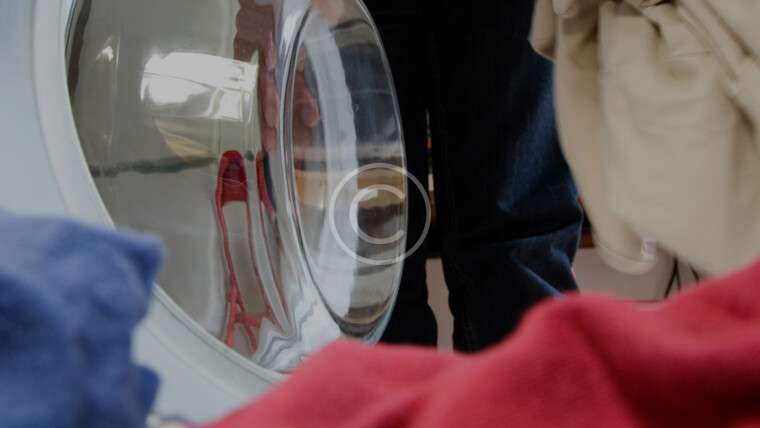Balanced Sex Education
- To what extent should the schools be responsible for teaching sex education?
- To what extent should sex education be left to parents?
- Who should handle education about STDs?
The responsibility for teaching sex education, including education about sexually transmitted diseases (STDs), can be approached from a balanced perspective, recognizing the important roles both schools and parents play. Here are some considerations for each:
Schools’ Responsibility
- Comprehensive Curriculum: Schools should provide a comprehensive sex education curriculum that covers anatomy, reproduction, consent, healthy relationships, contraception, and STDs. This ensures all students receive accurate and standardized information.
- Professional Expertise: Schools can employ trained educators who are knowledgeable about sexual health, ensuring that the information delivered is accurate, up-to-date, and age-appropriate.
- Inclusivity and Equality: Schools can create an inclusive environment that addresses the needs of diverse student populations, including LGBTQ+ students, who might not receive comprehensive sex education at home…
The responsibility for teaching sex education, including education about sexually transmitted diseases (STDs), can be approached from a balanced perspective, recognizing the important roles both schools and parents play. Here are some considerations for each:
Schools’ Responsibility
- Comprehensive Curriculum: Schools should provide a comprehensive sex education curriculum that covers anatomy, reproduction, consent, healthy relationships, contraception, and STDs. This ensures all students receive accurate and standardized information.
- Professional Expertise: Schools can employ trained educators who are knowledgeable about sexual health, ensuring that the information delivered is accurate, up-to-date, and age-appropriate.
- Inclusivity and Equality: Schools can create an inclusive environment that addresses the needs of diverse student populations, including LGBTQ+ students, who might not receive comprehensive sex education at home…
The responsibility for teaching sex education, including education about sexually transmitted diseases (STDs), can be approached from a balanced perspective, recognizing the important roles both schools and parents play. Here are some considerations for each:
Schools’ Responsibility
- Comprehensive Curriculum: Schools should provide a comprehensive sex education curriculum that covers anatomy, reproduction, consent, healthy relationships, contraception, and STDs. This ensures all students receive accurate and standardized information.
- Professional Expertise: Schools can employ trained educators who are knowledgeable about sexual health, ensuring that the information delivered is accurate, up-to-date, and age-appropriate.
- Inclusivity and Equality: Schools can create an inclusive environment that addresses the needs of diverse student populations, including LGBTQ+ students, who might not receive comprehensive sex education at home…



